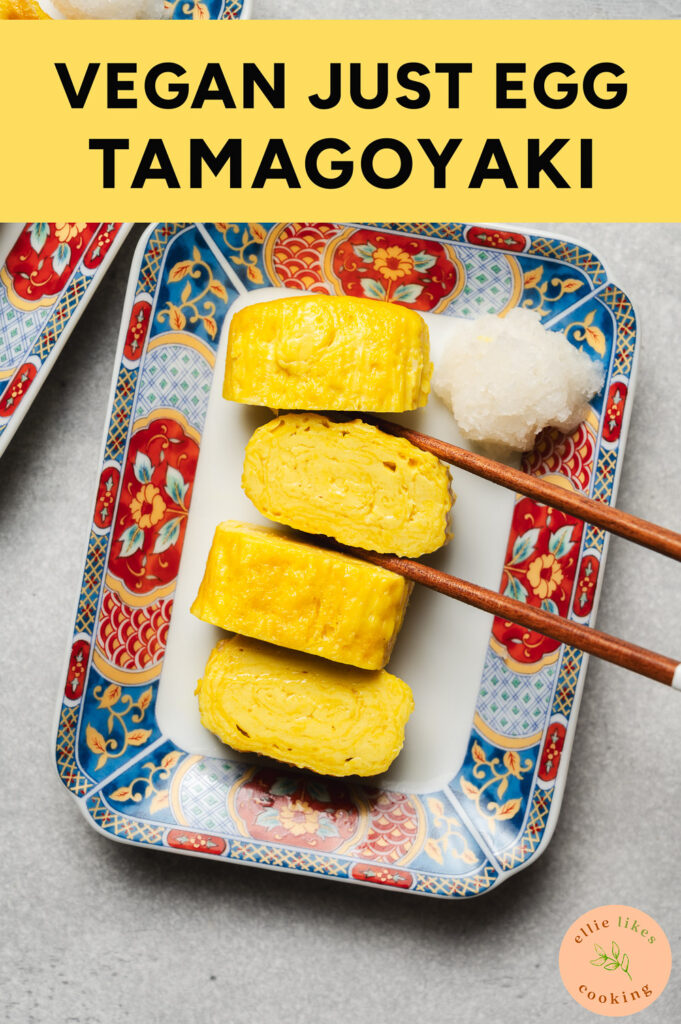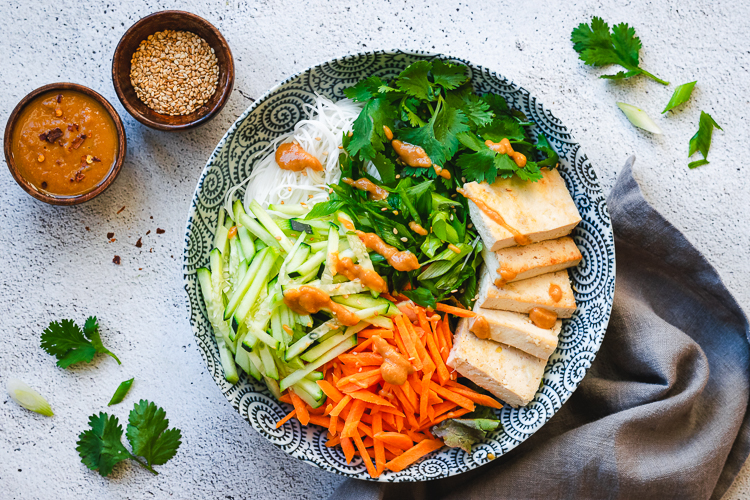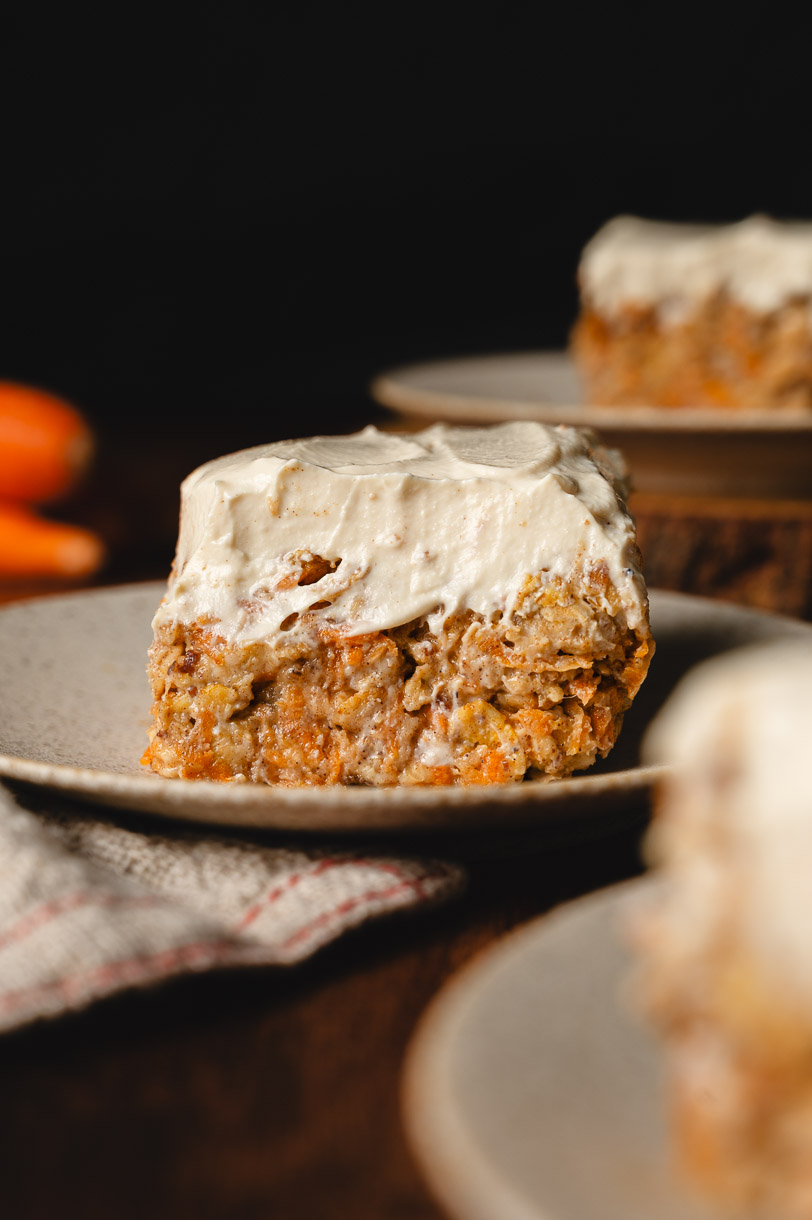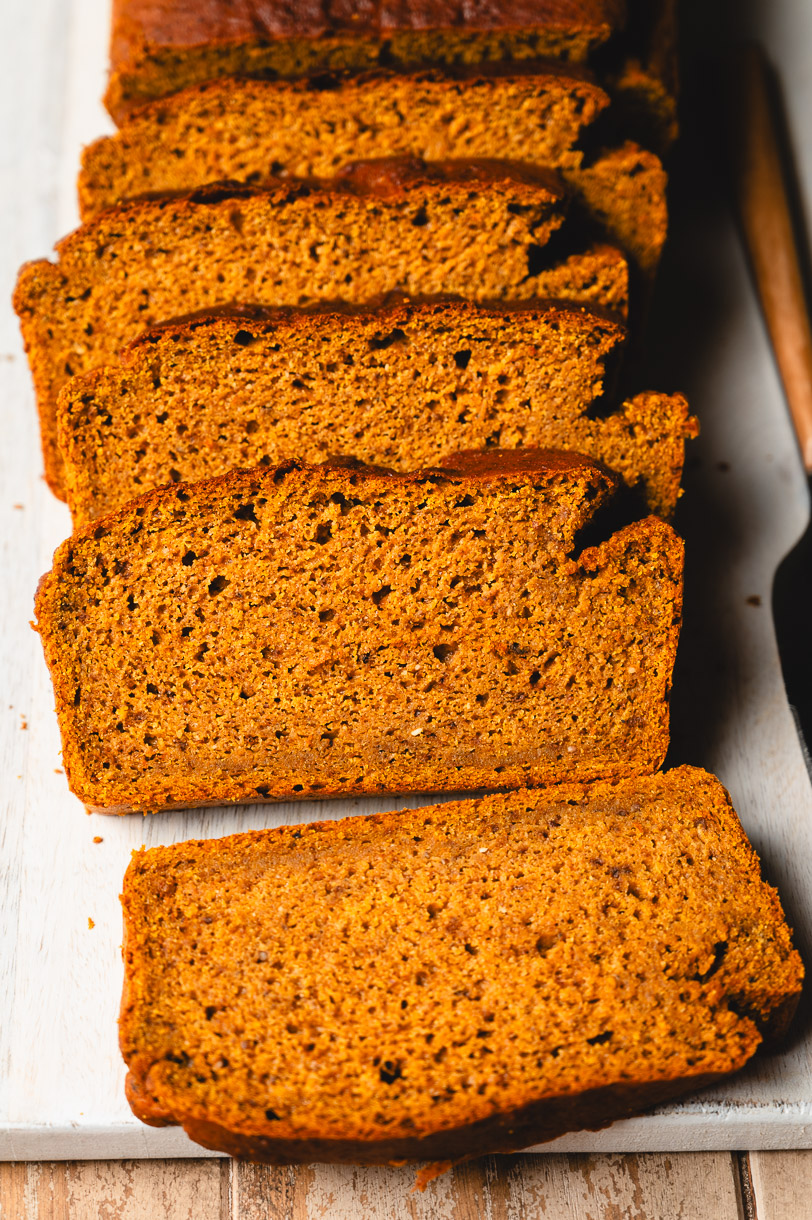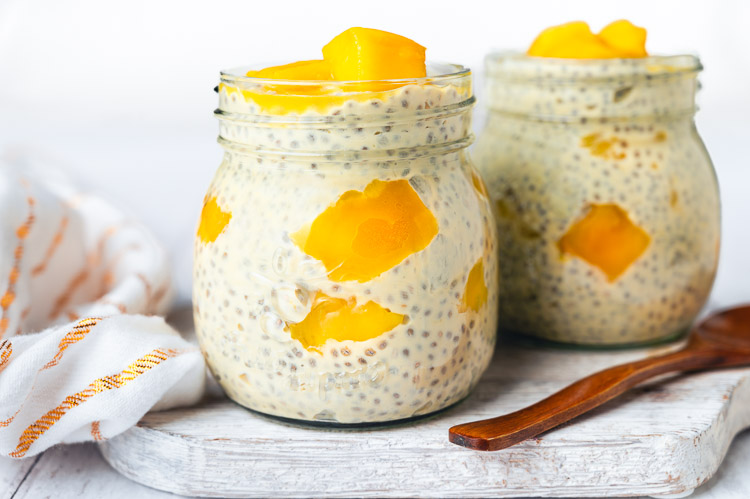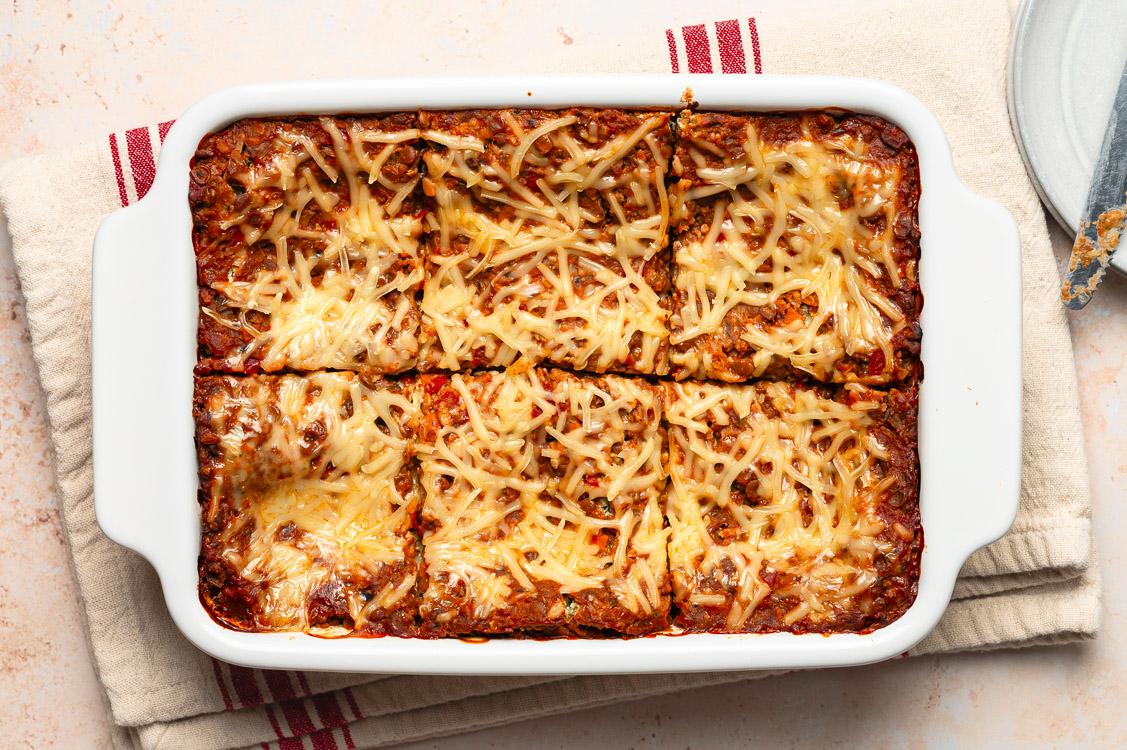Vegan Tamagoyaki (with JUST egg) ビーガン卵焼き
Learn how to make vegan tamagoyaki using JUST egg. This recipe is quick, easy, and tastes just like classic tamagoyaki!
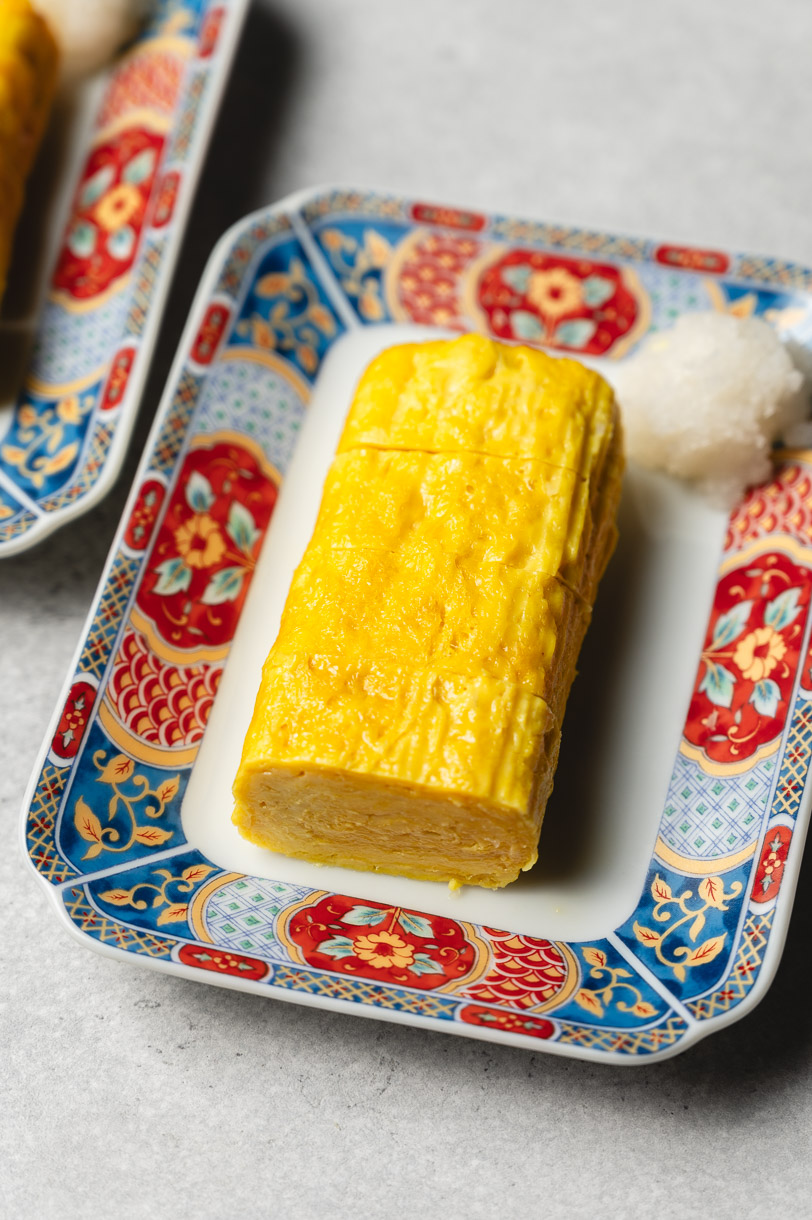
What is Tamagoyaki?
Tamagoyaki is a Japanese rolled omelette. (Tamago means egg and yaki means grill in Japanese.) The eggs are usually seasoned with sugar, soy sauce, mirin, and dashi. You may recognize tamagoyaki in sushi restaurants or Japanese bento boxes. It’s also a common breakfast item. Its sweet flavor makes it popular among kids as well as adults. I went through a tamagoyaki phase one summer in Japan when I was a teen and ate it every single day! I never got sick of it, but after switching to a plant-based diet, I haven’t been able to recreate that fluffy, custardy texture unique to eggs. That is, until JUST egg came out with (in my opinion) the best plant-based egg alternative.
Types of Tamagoyaki
Tamagoyaki is a broad term that can refer to various types of rolled omelettes. The two most popular tamagoyaki are atsuyaki tamago 厚焼き玉子 and dashimaki tamago だし巻き玉子.
- Atsuyaki tamago contains more sugar and less dashi, so it is very sweet. It has a slightly thicker, firmer texture that makes it good for leftovers and bentos. This tamagoyaki is popular in the Kanto (Tokyo) region.
- Dashimaki tamago contains more dashi and less sugar, making it more salty/savory than sweet. It’s more difficult to make due to the higher water content from the extra dashi. It has a more fluffy, delicate texture and is best enjoyed immediately after cooking. This is popular in the Kansai (Osaka) region.
The vegan tamagoyaki recipe I’m sharing today is more of a generic tamagoyaki. To keep things simple, we aren’t using dashi – the extra liquid acts differently with JUST egg and can result in a watery tamagoyaki. This recipe produces a subtly salty, slightly sweet tamagoyaki – not as sweet as atsuyaki tamago.
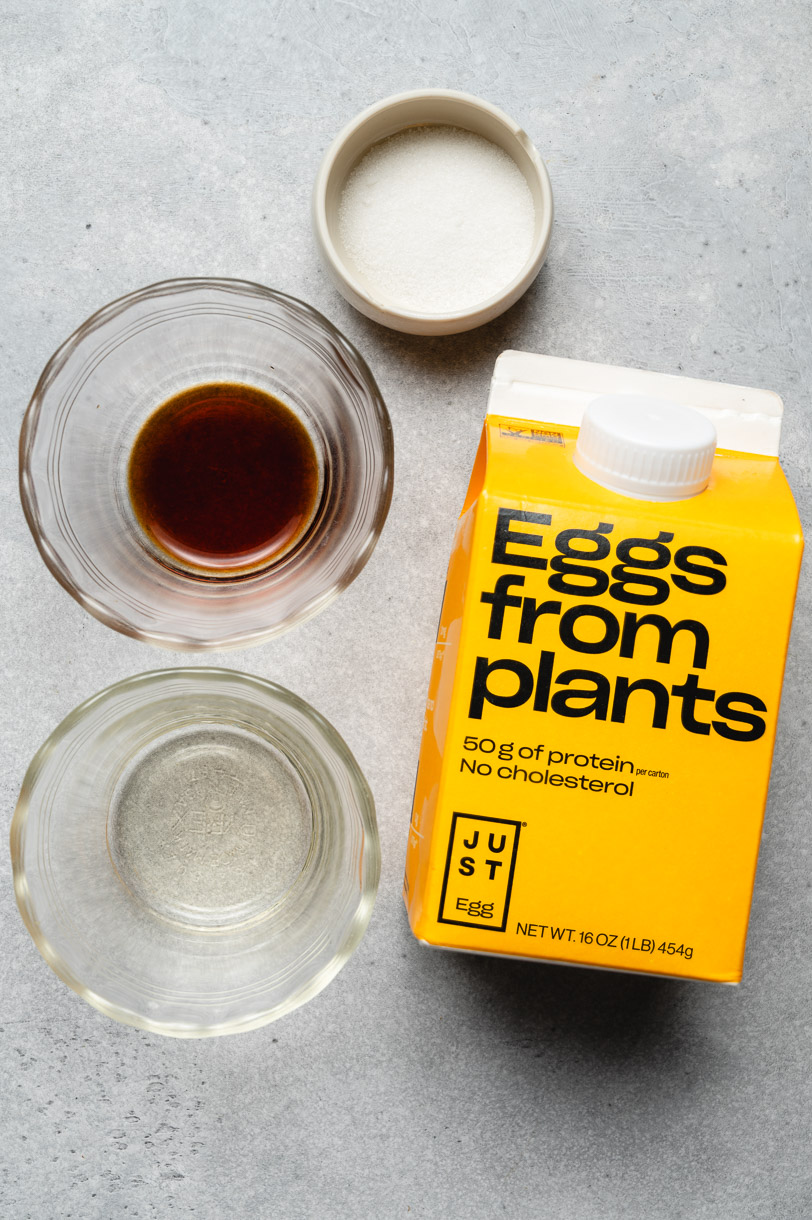
Key Ingredients
- JUST Egg ⟶ This is a vegan/plant-based egg alternative made from mung bean protein. In my opinion, it’s the best vegan egg alternative on the market so far! It has that fluffy, pillowy texture unique to eggs and the flavor is pretty close to eggs, too (according to my egg-eating family).
- Soy Sauce ⟶ Just a little bit of soy sauce for some savory, salty flavor. We don’t need much since the JUST egg is slightly salty on its own.
- Mirin ⟶ I like to use mirin for extra sweetness and depth of flavor. I also think the extra liquid makes the tamagoyaki just a bit more fluffy. However, you can replace the mirin with extra sugar if you are avoiding alcohol.
- Sugar ⟶ For plain tamagoyaki, I like 1 teaspoon of sugar for a sweet, but not overly so, flavor. If you like very sweet tamagoyaki, you can add up to a tablespoon of sugar. When I add fillings like green onion, chives, carrots, etc., I usually cut back to 1/2 teaspoon of sugar.
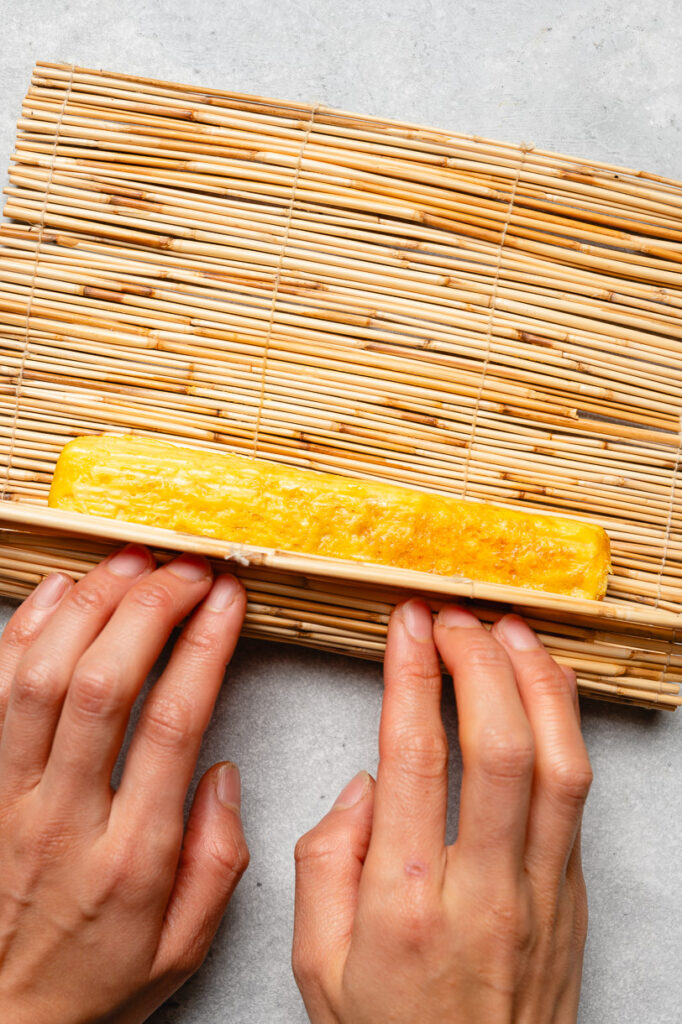
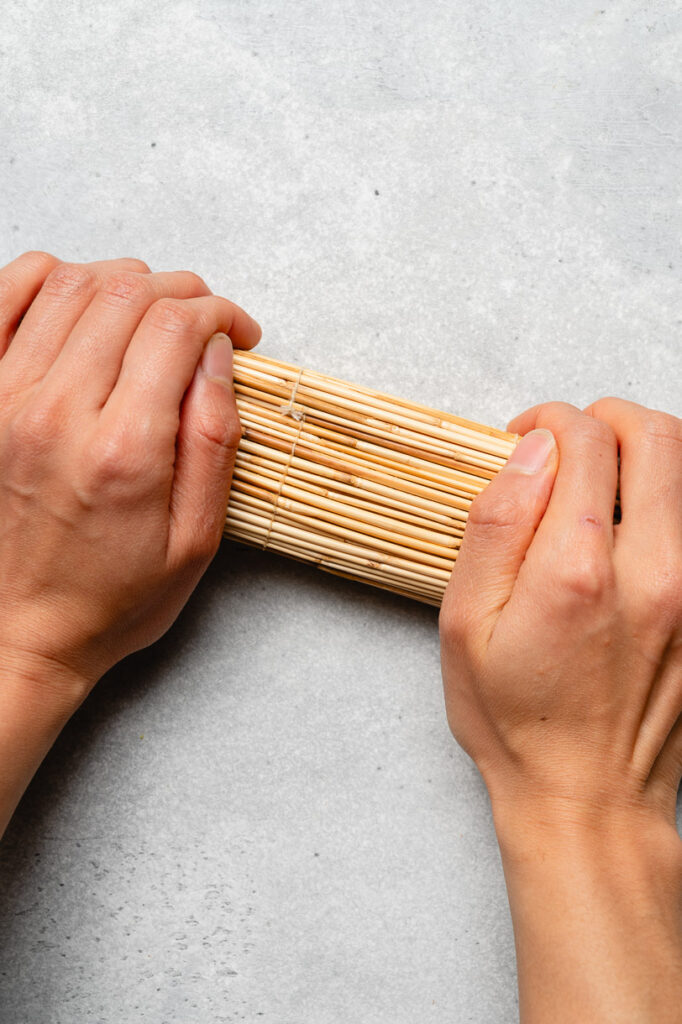

Tips for Success
Cook on medium low ⟶ Timing is key for tamagoyaki since you want the eggs to be just barely cooked before you roll them. They will continue cooking a bit in the heat as you roll more layers, so you want to be careful not to overcook them. The same goes for JUST egg. The egg layer should be just barely dry. Start with medium low heat and adjust if needed as you cook the first layer.
Use a spatula to roll the egg ⟶ Tamagoyaki pros use chopsticks, but if you’re just starting out, I recommend using a wide spatula to roll the egg layers.
Reshape with a bamboo sushi mat ⟶ Don’t worry if your tamagoyaki doesn’t look picture-perfect right out of the pan. You can reshape it and mold it into a more rectangular shape using a bamboo sushi mat. Place the tamagoyaki in the center and wrap the sushi mat around it into a rectangle. Loosely wrap the sushi mat with a couple rubber bands to hold it in place. Let the tamagoyaki rest in the sushi mat for about 5 minutes, then serve!
Add fillings ⟶ Tamagoyaki is delicious plain, but it’s also common to add different ingredients like carrots, green onions, garlic chives, natto, cheese, kimchi, spinach, edamame, and nori to name a few.
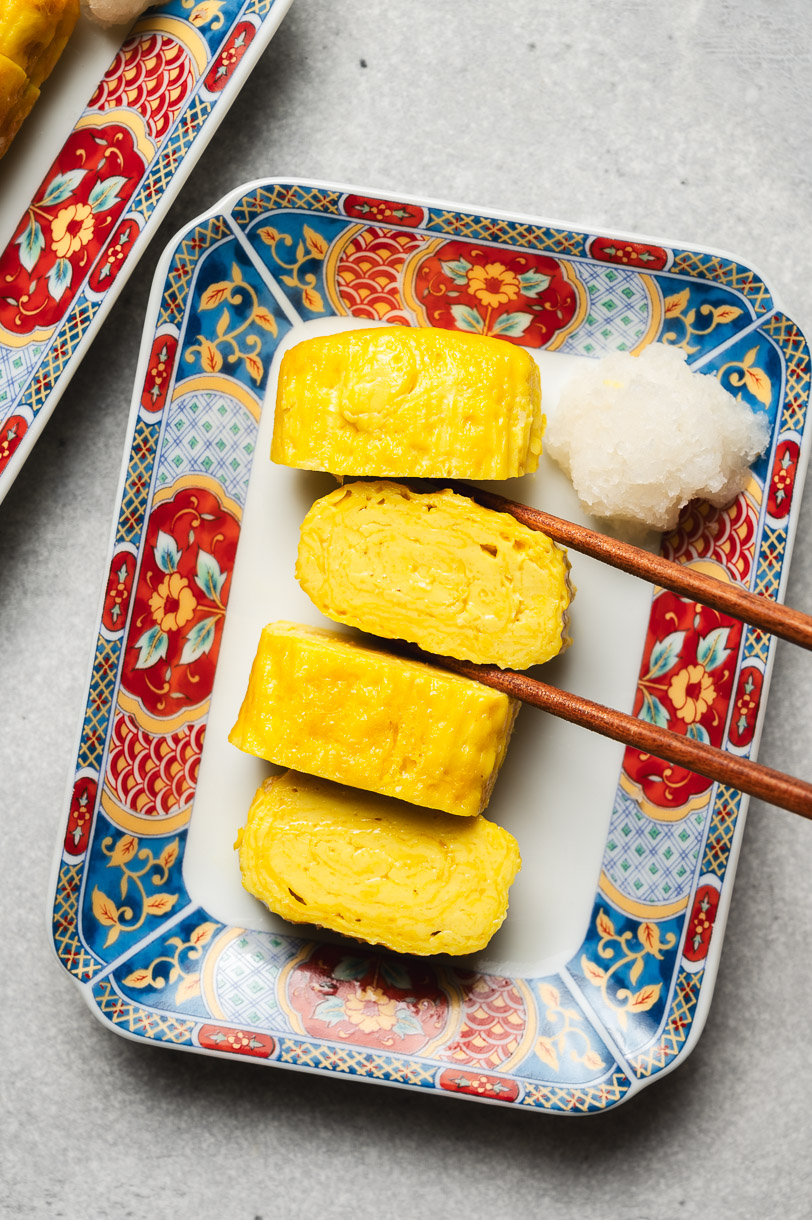
Vegan Tamagoyaki FAQ

More Japanese Sides
- Inari Sushi
- Takikomi Gohan
- Tofu Mochi Isobeyaki
- Silken Tofu Salad
- Spinach Goma-ae (Sesame Spinach)
- “Tuna” Mayo Onigiri
- Natto with Kimchi and Enoki Mushrooms
- Nasu Dengaku (Miso Eggplant)
If you try out this recipe, don’t forget to leave a comment/rating down below and tag me in your photos on instagram @ellielikes.cooking. I love seeing all of your tasty recreations!
Vegan Tamagoyaki (with JUST egg)
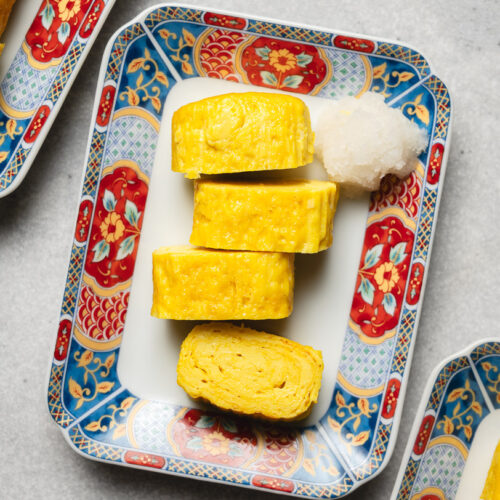
Ingredients
- 2 tsp oil
- ¾ cup
JUST egg* - ½ tsp soy sauce
- 1 tsp mirin
- 1 tsp sugar
Instructions
- Whisk together JUST egg, soy sauce, mirin, and sugar.
- Heat a tamagoyaki pan* over medium low. Brush some of the oil on the surface of the pan.
- To test if the pan is hot, add a small drop of the egg mixture to the pan. If it sizzles, the pan is ready.
- Pour a thin layer of the egg mixture into the pan and tilt the pan to coat the bottom.
- Cook for about a minute, until the bottom has set and the top is just barely cooked.
- Carefully roll the egg up into a log shape (it's easiest to do this with a spatula). Move the egg to the far side of the pan and re-oil the pan.
- Pour another thin layer of egg in and repeat the process until all the egg mixture is used up (I usually make about 4 layers).
- Transfer the tamagoyaki to a plate or cutting board. To help set the shape, you can wrap the tamagoyaki in a bamboo sushi mat while hot and let it rest for 5 minutes.
- Cut the tamagoyaki into 8 slices and serve.

*Disclosure: This page may contain affiliate links. As an Amazon Associate I earn from qualifying purchases, but the price remains the same to you. Thank you for supporting Ellie Likes Cooking!
Save for later!
